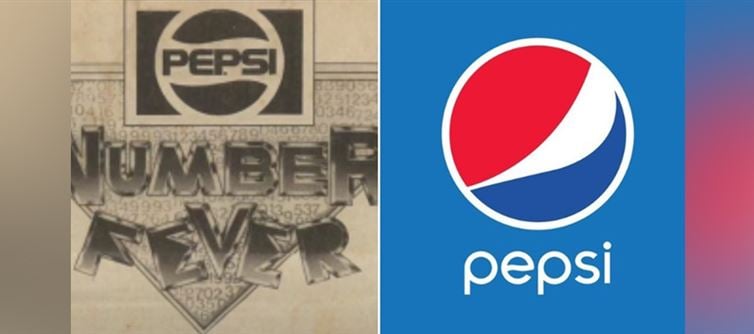
THE DAY A BOTTLE CAP SET A COUNTRY ON FIRE
A bottle cap.
A printed number.
A promise of 1 million pesos.
And then — an explosion of chaos unlike anything the world had ever seen from a beverage company.
In the summer of 1992, Pepsi launched a “fun” promotion in the Philippines.
It ended with:
Streets on fire
Pepsi trucks are being bombed
5 people dead
Thousands of lawsuits
And a multinational corporation running from its own mistake
This wasn’t a scandal.
This was a meltdown — a corporate disaster of biblical proportions.
🧨 NUMBER FEVER: THE PROMOTION THAT STARTED THE MADNESS
Pepsi’s idea was simple:
Print a number under every bottle cap.
If it matched the winning number, the consumer became an instant millionaire.
The philippines — already in love with soft drinks — went into a frenzy.
Sales skyrocketed
people bought crates at a time
Families collected hundreds of caps
Schoolchildren dug through garbage bins looking for a lucky number
Pepsi had created a national obsession.
A harmless promotional gimmick — until the day everything went wrong.
☠️ THE $40,000 MISTAKE: WHEN PEPSI ACCIDENTALLY CREATED 800,000 “WINNERS”
On May 25, 1992, Pepsi announced the winning number: 349.
One problem.
Pepsi had inadvertently printed the number 349 on 800,000 bottle caps.
Eight hundred thousand people suddenly believed they were millionaires.
The math?
800,000 winners × 1 million pesos = 800 billion pesos = 35 BILLION USD
More money than Pepsi had ever seen in its entire corporate life.
Panic hit Pepsi headquarters like a bomb.
💣 FROM CELEBRATION TO RAGE: PEPSI REFUSES TO PAY
Within hours, thousands lined up at Pepsi offices across the Philippines.
Excited.
Emotional.
Convinced their lives had changed forever.
Pepsi’s response?
❌ “The bottle caps were printed in error. No prizes will be awarded.”
And just like that — hope collapsed into rage.
🔥 THE COUNTRY ERUPTS: PROTESTS, RIOTS, VIOLENCE
The backlash was immediate and brutal.
Streets filled with protestors
Pepsi trucks were stoned and firebombed
Bottling plants were attacked
Pepsi executives received threats
The company had to hire military security
In the chaos:
Five people lost their lives.
Including a mother who died when a homemade bomb meant for a Pepsi delivery truck exploded near her home.
What began as a marketing campaign had turned into a national tragedy.
⚖️ THE LEGAL TSUNAMI: 689 CIVIL SUITS + 5,200 criminal COMPLAINTS
The courts were flooded.
22,000 consumers filed formal complaints
689 civil suits stacked against Pepsi
5,200 criminal complaints filed
Hundreds of hearings dragged on for years
A multinational giant was now fighting an army of furious citizens.
The legal system is strained, overloaded, and overwhelmed.
Pepsi’s mistake had grown into the largest consumer backlash in Philippine history.
💵 THE FINAL INSULT: THE COURT’S JUDGMENT — $380
After years of chaos, trials, and broken families, the trial court offered its verdict:
Each claimant would receive $380.
Not a million pesos.
Not compensation for trauma.
Just $380.
For a mistake that caused riots, injuries, and death.
For many, it was not justice — it was humiliation.
⚠️ THE LESSON THE WORLD CAN’T AFFORD TO FORGET
The Pepsi Number Fever disaster stands as a warning to every corporation:
A single mistake can ignite a nation.
A broken promise can become violence.
Marketing stunts can become life-and-death crises.
When corporations chase profit without preparation, when promotions are rushed, when accountability is delayed, when apology is insufficient, catastrophe becomes inevitable.
Pepsi walked away with scratches.
Filipino families walked away with scars.
Five families walked away with nothing but memories.
This was not a promotion.
It was a tragedy.
One that the world still hasn’t fully reckoned with.




 click and follow Indiaherald WhatsApp channel
click and follow Indiaherald WhatsApp channel